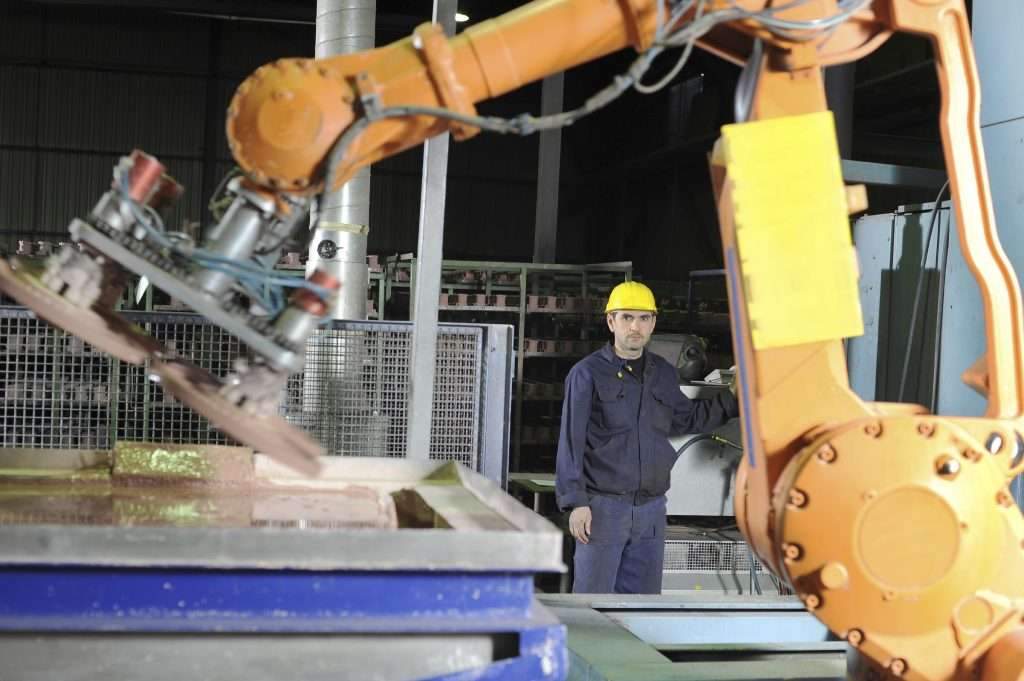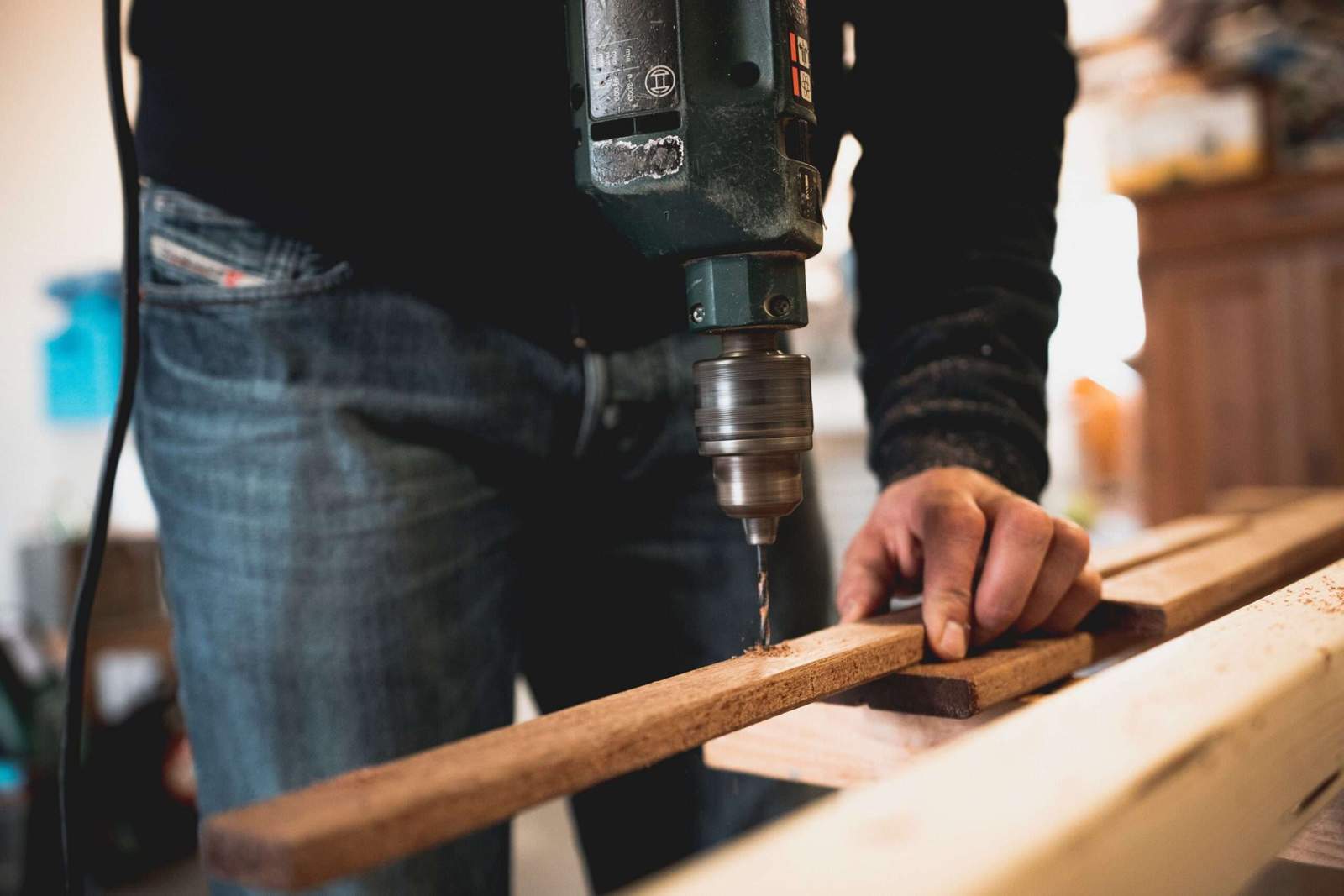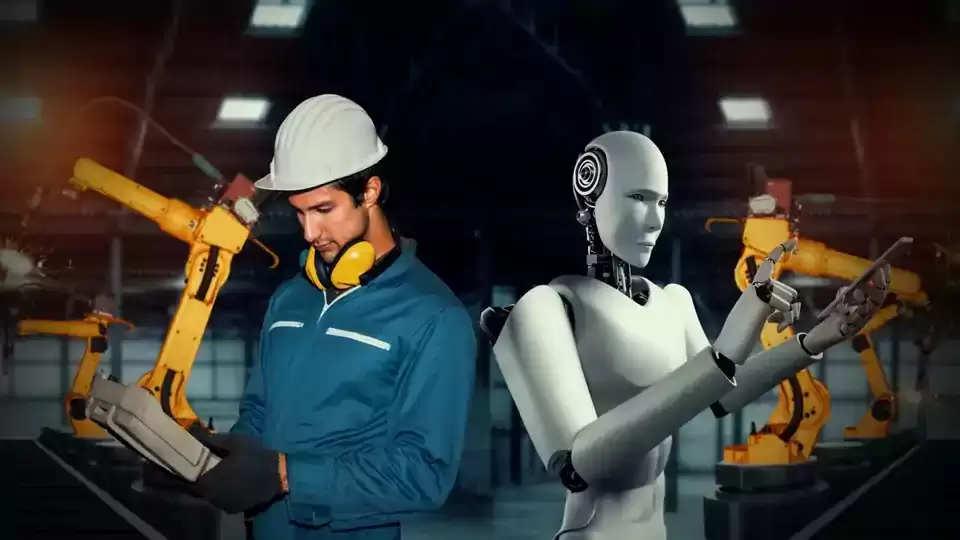The construction sector has embraced the latest technology in the battle to make the industry safer,
more efficient and cost effective.
With the progress of transformation in the industry, construction robots have become an important contributor to the progress of the sector.

Construction robots
Construction robots are machines designed to automate many tasks that would otherwise be completed by workers in the construction industry.
They are usually equipped with advanced sensors and algorithms that are programmed to perform pre-set tasks such as lifting,
carrying, welding, and more.
The wonders of modern technology have revolutionized the construction industry, providing improved safety,
cost savings, and increased efficiency.
By freeing up labor resources and maximizing technological progress,
construction robots are becoming major players in the construction landscape.
Many predict that it will become more widespread in the coming years.

How construction robots work
Construction robots are becoming increasingly common in the construction industry.
They are independent machines programmed to perform various jobsite tasks, such as cutting, welding,
excavation and foundation laying.
These bots use a combination of artificial intelligence, machine learning,
and sensors to perform their tasks more accurately, efficiently, and safely than human operators.
In addition, construction robots can improve job site quality and reduce the time it takes to complete a project.
Construction robots are versatile and can be customized to job site needs.

Uses of construction robots
Construction robots have revolutionized the construction industry in recent years,
offering greater accuracy, safety, and efficiency than manual construction methods.
Construction robots are used for many tasks in the construction industry,
from scanning and 3D scanning to welding and drilling to laying bricks and assembling structures.
One of the most common uses of construction robots is 3D scanning and scanning,
which is often used to create detailed models of construction sites and buildings beforehand or during construction.
This allows for faster, more accurate design and planning and the ability to measure structures and survey sites with greater accuracy than ever before.
Robots are also used in welding and drilling, eliminating the need for manual labor in welding and drilling operations.
This helps reduce the potential for human error and improve the accuracy of welds and fasteners.
Robots are also used to move materials around sites, with some robots being able to lift and move pallets of material up to five times faster than manual labor.
This helps increase the speed and efficiency of the construction process while reducing the man-hours required to complete the project.
Robots are also increasingly being used to lay bricks and assemble entire structures.
This not only eliminates the need for manual labor, but also improves the accuracy and consistency of brick and block placement and overall structure assembly.
Finally, robots are used for demolition purposes, allowing for the precise and safe removal of materials and structures.
This also reduces the risk of injury to workers but also helps reduce the amount of dust,
debris and waste generated from demolitions.

Site preparation and survey
In terms of construction, site preparation and survey are the most important steps.
This step usually requires significant labor and experience to ensure accuracy and safety.
However, the introduction of construction robots could revolutionize the process.
By using robotic solutions, site preparation and surveying can be optimized and optimized,
which greatly reduces labor and time costs.
Advanced tools and sensors allow the robots to make accurate measurements,
making them the perfect choice for this task.
With the increased implementation of these robotic solutions, the impact on the construction industry is becoming more apparent.

Automated bricklaying
The Automated bricklaying is one of the most promising new applications of construction robots.
Automated structures are becoming more accurate and efficient, paving the way for a more productive future in construction.
Bricklaying robots are designed to quickly and accurately place thousands of bricks with little human intervention.
Which led to reduced construction time as well as reduced labor costs.
In addition, the robots can be programmed to operate in hard-to-reach areas,
such as existing walls or on complex roof surfaces.
As robots advance and become more cost effective, they are becoming more widely used in the construction industry.

Robotic carpentry
Robotic woodworking is one of the areas of construction robots with the greatest potential for large-scale applications.
With the ability to accurately measure, repeat and sculpt intricate shapes,
machine joinery can be used to create custom furniture, cabinets and even intricate architectural elements.
These robots can also cut complex shapes and joinery quickly and efficiently, eliminating the need for manual labor.
And by reducing the time required to complete a woodworking project,
machine joinery can provide significant time and cost savings in the construction industry.

Automated roofing
As construction technology advances, automated roofing has become a popular way to reduce labor costs and increase efficiency.
Robotic roofing machines are designed to scrape and place roof tiles, making it a faster and more efficient way to roof a building than traditional methods.
These robots can also be programmed to adhere to specific roofing specifications and tuned to accommodate different roofing styles and shapes.
In addition, automated roofing machines can also be used to monitor roofing systems for possible damage or problems,
making them a great tool for keeping roofs in good condition for longer periods.
With these advantages, automated roofing will revolutionize the construction industry and make roof construction and maintenance easier and more efficient than ever before.
Implications for the future
The use of robots in the construction industry is developing rapidly, which brings with it several implications that need to be considered.
Construction robots have the potential to revolutionize the industry, with potential impacts on labor, project costs, and safety.
The use of construction robots can have a significant impact on the availability of labor in industry, as robots can be used to reduce the need for manual labour.
This could lead to a reduction in available construction jobs or the need to retrain existing construction workers into more specialized roles to reduce the impact of bots.
Moreover, the use of construction robots can lead to significant cost reductions for projects.
Robots offer the potential to create more efficient construction projects, which can reduce labor costs,
and precision can also lead to reduced material waste.
This could result in huge savings for the construction industry and its customers.
Finally, the use of bots can also have a significant impact on safety.
Robots can operate in environments that may be too dangerous or difficult for humans, such as working at heights or in hazardous areas.
This can reduce accidents and injuries on construction sites, making construction work safer and more attractive.
The implications for construction robots are significant, and the prospects for the future of the industry are exciting
. Construction robots can have a significant impact on the industry,
and these impacts must be considered to ensure that the industry is well prepared for the future.
For more architectural news


 العربية
العربية